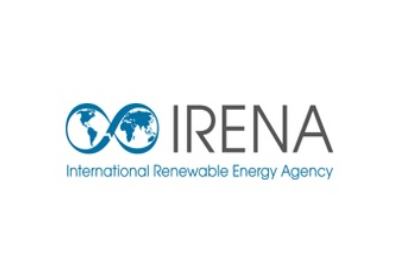IRENA Outlines Agenda to Put Energy Transformation at Heart of Sustainable Economic Recovery

June 24, 2020
Governments can align immediate economic stimulus needs with medium to long-term decarbonisation and sustainable development objectives by targeting policy measures and public spending towards the energy transformation, a new report by the International Renewable Energy Agency (IRENA) finds.
Post-COVID recovery: An agenda for resilience, development and equality outlines immediate stimulus action for the next three years (2021-2023) as well as measures for a mid-term 2030 recovery perspective over the next decade. It provides practical insights and recommendations for governments as they drive investment and policy actions for post-COVID-19 economies. The report shows that on an annual basis, scaling-up public and private energy spending to USD 4.5 trillion per year would boost the world economy by an additional 1.3%, creating 19 million additional energy transition-related jobs by 2030. Jobs in renewables alone could triple to 30 million by 2030. Every million dollars (USD) invested in renewables would create three times more jobs than in fossil fuels.
“Renewables have proven to be the most resilient energy sources throughout the current crisis”, said Francesco La Camera, Director-General of IRENA. “This evidence should allow governments to take immediate investment decisions and policy responses to overcome the crisis. With today’s recovery plan for governments, IRENA uses its global mandate on energy transitions to inform decision-making at this critical time, while staying on course toward a fully decarbonised system by 2050.”
Doubling annual transition investments to USD 2 trillion over the next three years will provide an effective stimulus and can leverage private sector investments by a factor 3-4. Reforming fossil fuel prices, retiring fossil fuel assets, driving green financing and bailouts, and strategically investing in energy transition must be immediate priorities, IRENA’s report advises.
The annual USD 2 trillion invested would boost GDP by 1% and create additional 5.5 million transition-related jobs in three years. Underpinning labour and industrial policies are required to leverage local capacities and skills and create industries and jobs across the value chain.
Any recovery strategy should include innovative solutions and emerging technologies such as green hydrogen with the potential to eventually deliver a net zero energy system. By investing in their commercialisation, governments and businesses can ensure sustained long-term growth.
Renewable-based power generation would become the backbone of future energy markets, supported by transition-related industries like battery storage. But renewable heating and cooling must also be scaled up along with energy efficiency. Renewable-based transport can expand with incentives for electric vehicles (EVs) and continued infrastructure investment (including smart grids and EV charging stations), as well as emerging fuel solutions.
“Now is the time to invest in a better future”, said La Camera. “Government policies and investment choices can create the necessary momentum to enact systemic change and deliver the energy transformation away from fossil fuels. Driving a structural shift towards cleaner energy systems and more resilient economies and societies is more urgent than ever. Most of all, this is a global agenda, and we must leave no one behind.”
Rooted in IRENA’s first Global Renewables Outlook, which shows that transforming the global energy system in line with the Paris Agreement is possible, the new report focuses on how and where investments and policy interventions can accelerate economic recovery while simultaneously steering the way to a decarbonised energy system.
Go HERE for the full report

















